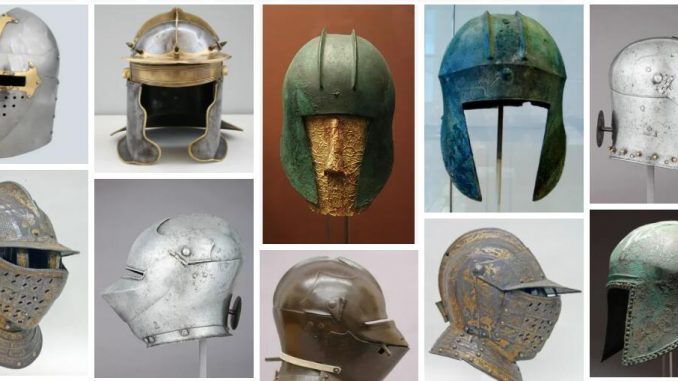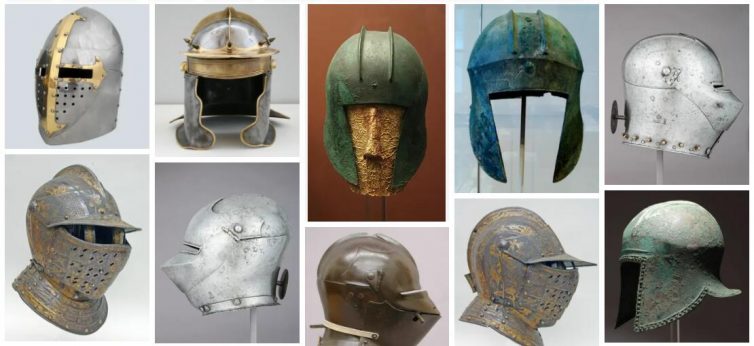
Among the various meanings of the term helmet, this time we are interested in staying with its meaning as a set of constructions that develops in a specific geographic space, usually with a small surface area. Historical, for its part, is what is linked to history (past events that, due to their relevance, are considered worthy of study and dissemination).
The idea of the historic center, therefore, refers to the nucleus of the oldest buildings in a city. Also called the historic center, this helmet includes the first constructions that marked the birth of the town in question.
In general, a historic center has cultural, social and tourist value. It constitutes the roots of the city and the foundations from which the rest of the buildings, institutions, etc. arose. That is why historic centers are usually protected by the authorities through laws and regulations, preventing buildings from being demolished or restructured.
The historic center of the Peruvian city of Lima, for example, a member since 1988 of the World Heritage protecting the UNESCO. This area is developed between the districts of Rímac and Cercado. In the historic center of Lima are the Plaza Mayor, the Cathedral and the Municipal Palace, among other places of interest.
In Spain, one of the most important historical centers is Zaragoza, with neighborhoods such as La Magdalena, Tenerías, San Miguel and San Pablo. Among its main attractions are the Cathedral of El Salvador, the Lonja and the Real Maestranza de Caballería.
In addition to Zaragoza, there are other historical centers in Spain that are true jewels:
-Cáceres. Its historic center is known as the Old Town and is declared a World Heritage Site by UNESCO. This distinction was awarded to it because it is one of the most beautiful and complete urban ensembles of medieval and Renaissance type in the world. Among its most significant monuments are the Cathedral of Santa María, the Arco de la Estrella, the Palacio de las Veletas, the Torre de Bujaco or the Palacios de los Golfines.
-Toledo is another of the Spanish cities that has a historic center declared a World Heritage Site. In 1986 it was when it obtained this declaration thanks to constructions such as the Gothic Elizabethan Monastery of San Juan de los Reyes, the Cathedral of Santa María, the Mudejar Puerta del Sol, the Old Door of Bisagra, the Church of San Román or the Synagogue of Santa María la Blanca.
-Córdoba is, in the same way, another of the cities of Spain that has a historic center declared a World Heritage Site. What’s more, it has the second largest historic center in Europe without forgetting that it is the largest urban space in the world that has that statement. It is a real pleasure to visit it and be able to discover some of its most special buildings and monuments such as the Mosque-Cathedral, its Jewish quarter, the Roman Bridge, the Alcázar de los Reyes Cristianos or the Casa de Sefarad.
